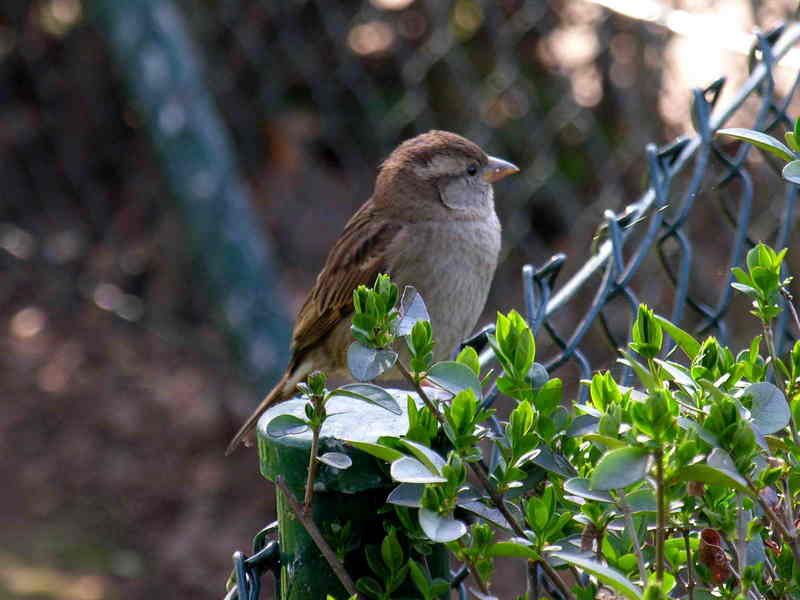|
| Query: Birds of europe | Result: 643rd of 1706 | |
house sparrow
| Subject: | house sparrow
| | Poster: | Miguel Bugallo (lmbuga@yahoo.es)
| |

| Resolution: 1600x1200
File Size: 147309 Bytes
Date: 0000:00:00 00:00:00
Camera: E8800 (NIKON)
F number: f/2.9
Exposure: 10/600 sec
Focal Length: 890/10
Upload Date: 2005:10:06 06:55:09
|
Permission is granted to copy, distribute and/or modify this document under the terms of the GNU Free Documentation License (GFDL), Version 1.2 or any later version published by the Free Software Foundation; with no Invariant Sections, no Front-Cover Texts, and no Back-Cover Texts. A copy of the license is included in the section entitled "Text of the GNU Free Documentation License".
Source: http://gl.wikipedia.org/wiki/Portada Galipedia or http://commons.wikimedia.org/wiki/Main_Page
Author: Luis Miguel Bugallo S??nchez (http://gl.wikipedia.org/wiki/User:Lmbuga & http://commons.wikimedia.org/wiki/User:Lmbuga)
Publish by Luis Miguel Bugallo S??nchez
gorri??n
|
Comments |
|---|
| | Guest |
|
| House Sparrow (Passer domesticus) is a member of the Old World sparrow family Passeridae. It occurs naturally in most of Europe and much of Asia. It has also followed humans all over the world and has been intentionally or accidentally introduced to most of the Americas, sub-Saharan Africa and Australia as well as urban areas in other parts of the world. In the United States it is also known as the English Sparrow, to distinguish it from native species, as the large American population is descended from birds deliberately imported from Britain in the late 19th century. They were introduced independently in a number of American cities in the years between 1850 and 1875 as a means of pest control. |
^o^
Animal Pictures Archive for smart phones
^o^
|
|
|

